NVIDIA has previously announced several connectx-7 SKUs, including PCIe, OCP NIC 3.0 and IC form factor switch products. At the ISC 2022 exhibition site, the company also showed a single port PCIe version, which was adopted by the supermicro Superblade server blade. The Superblade of ultramicro increases the computing density of the system by accommodating multiple blade servers in one chassis.
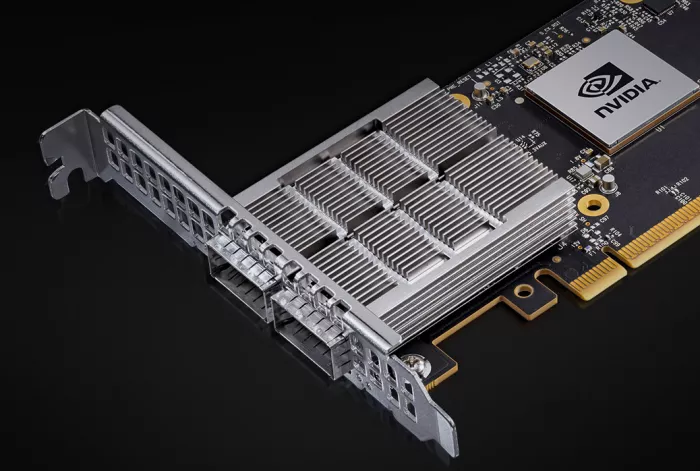
Some of the main features of the connectx-7 interface are.
Maximum total bandwidth: 400gbe
Supported Ethernet speeds: 10/25/40/50/100/200/400gbe
Number of network ports: 1/2/4
Network interface technology: NRZ (10/25g) /pam4 (50/100g)
Host interface PCIe gen5.0:x16/x32
Card form: PCIe fhhl/hhhl, ocp3.0 SFF
Network interface: sfp56, qsfp56, qsfp56-dd, qsfp112, sfp112
In the pictures provided on the serve the home website, you can see the side of the switch card with the above interfaces, the switch module of the blade server, the top of the device and the unique backplane.
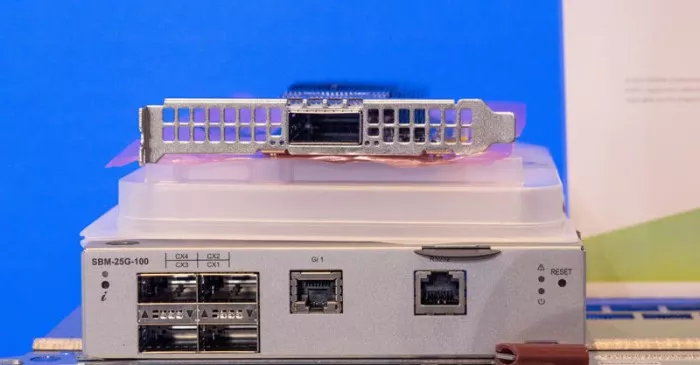

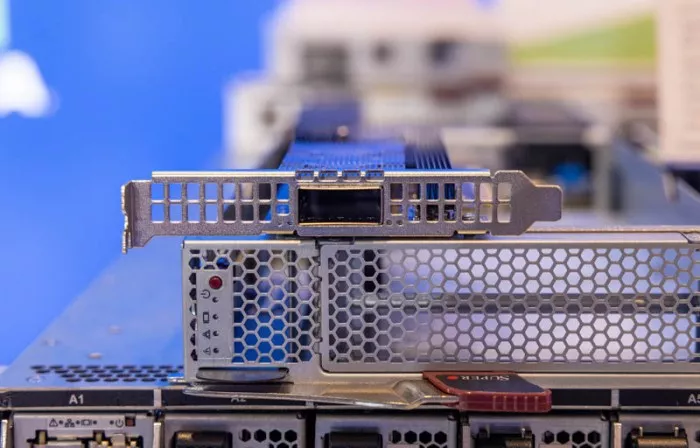
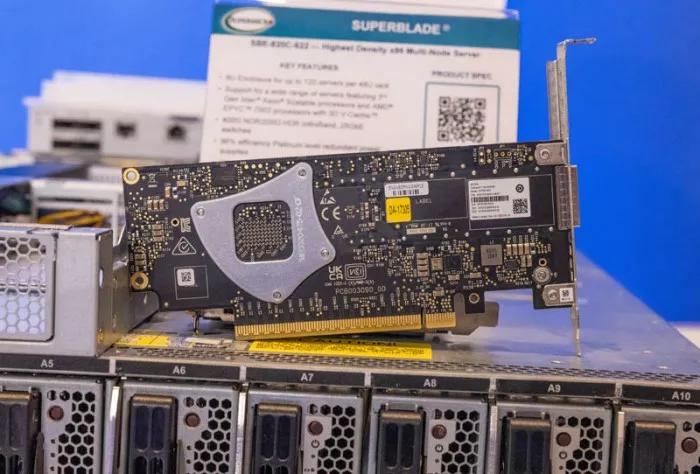
NVIDIA connectx-7 devices have a large heat sink at the top to dissipate heat more effectively, especially from 200gbps and 400gbps grade optics. Looking at the rear of the device, we can see a very interesting shape of the backplane. The board is ndr200 mcx75210aas-heat model. You can see the models listed in the table below.
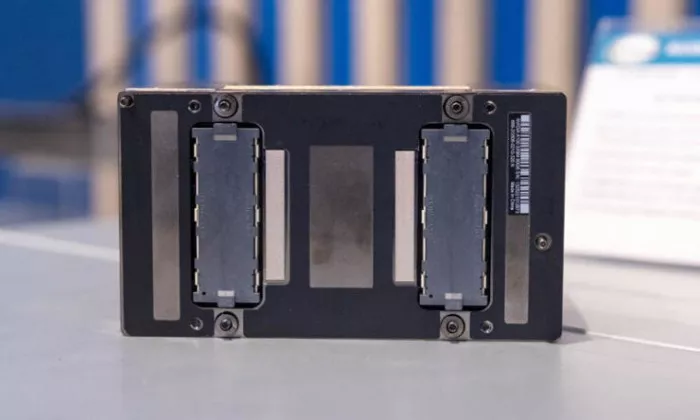
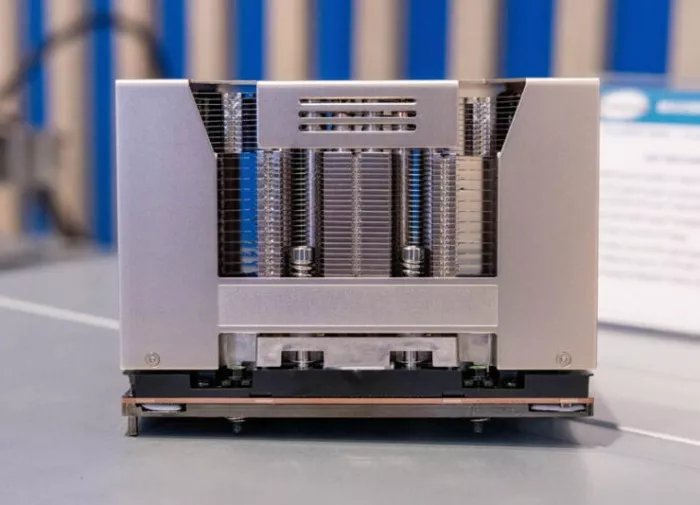
Overlord DGX H100 itself uses two components. Four connectx-7 controllers can be located on one fuselage, such as the NVIDIA cedar feeder 1.6 TBPs module used in the DGX H100. It can be seen that NVIDIA A100 modules are installed in delta or Redstone components, and many A100 SXM modules are placed within the scope of the radiator.
The component density on NVIDIA H100 board is different from that of A100. However, NVIDIA H100 did not appear at the exhibition. According to the report of serve the home, A100 and H100 are also very different in connection.

The arrival of PCIe gen5 will usher in a series of new devices and chips. More products will be seen at sc22 later this year.